Acleris variegana
([Denis & Schiffermüller], 1775
-
 Subfamily: Tortricinae, Tortricini
Subfamily: Tortricinae, Tortricini -
 Wingspan: 14-20 mm
Wingspan: 14-20 mm -
 Flight period: May - Sep
Flight period: May - Sep -
 Spread: Common
Spread: Common -
 Host plants: Polyphagous
Host plants: Polyphagous
Information
The Acleris variegana also known as Garden Rose Tortrix is a moth of the Tortricidae family, subfamily Tortricinae,
with wingspan of about 14-20 mm.
Distributed in most of Europe with the exception of Croatia. *
Its range extends to the Palaearctic ecozone.
In Italy it is also present on the islands. *
The front wings of the Acleris variegana present in most of the basal half, a white or white-yellowish color with well evident tufts,
often black in color, which form a spot in the anal area of the wing.
The distal part of the wing is reddish or purple-brown, bordered by a thin yellow-greyish stripe.
The rear wing is grayish white. **
Adults are visible from late May to early September. The eggs are placed in batches on either side of the leaves, usually along the median vein. ****
They hatch in spring. The larvae feed from May to late June or early July, sheltered within leaves freely
spun or on the edges of the folded leaf, finally pupate in the shelter built by the larvae or among the fallen leaves. **
The egg with a diameter of about 0.5 mm has a yellowish to a pale reddish color
The Acleris variegana larva can reach a length of 12-14 mm; head and prothoracic plate are yellowish or greenish brown, blackish brown head, anal area flat. ****
The Pupa is 8-9 mm long, reddish brown or light brown in color. **, ****
The damage is manifested by the skeletonization of the leaves,
but on limited areas and does not affect the growth of the plant.
The larvae feed on various species of Rosaceae, in particular the species of Rosa, including the garden varieties, and Rubus (blackberry, raspberry), Sanguisorba minor (pimpinella),
Crataegus (hawthorn), Prunus sp. (cherry, blackthorn, plum, almond, apricot), Malus sp. (apple tree) and Pyrus sp. (but).
They have also been recorded on plants of other families such as Ulmus (elm), Vaccinium, Corylus (hazel), Cotoneaster, Cydonia (quince) and Berberis.
* Lepidoptera mundi https://lepidoptera.eu/ - Fauna Europea https://fauna-eu.org/
** Bestimmungshilfe für die in Europa nachgewiesenen Schmetterlingsarten - http://lepiforum.de/
*** (Alford 1995).
***** Eurasian Tortricidae 2.0 - https://eurasian-tortricidae.linnaeus.naturalis.nl/
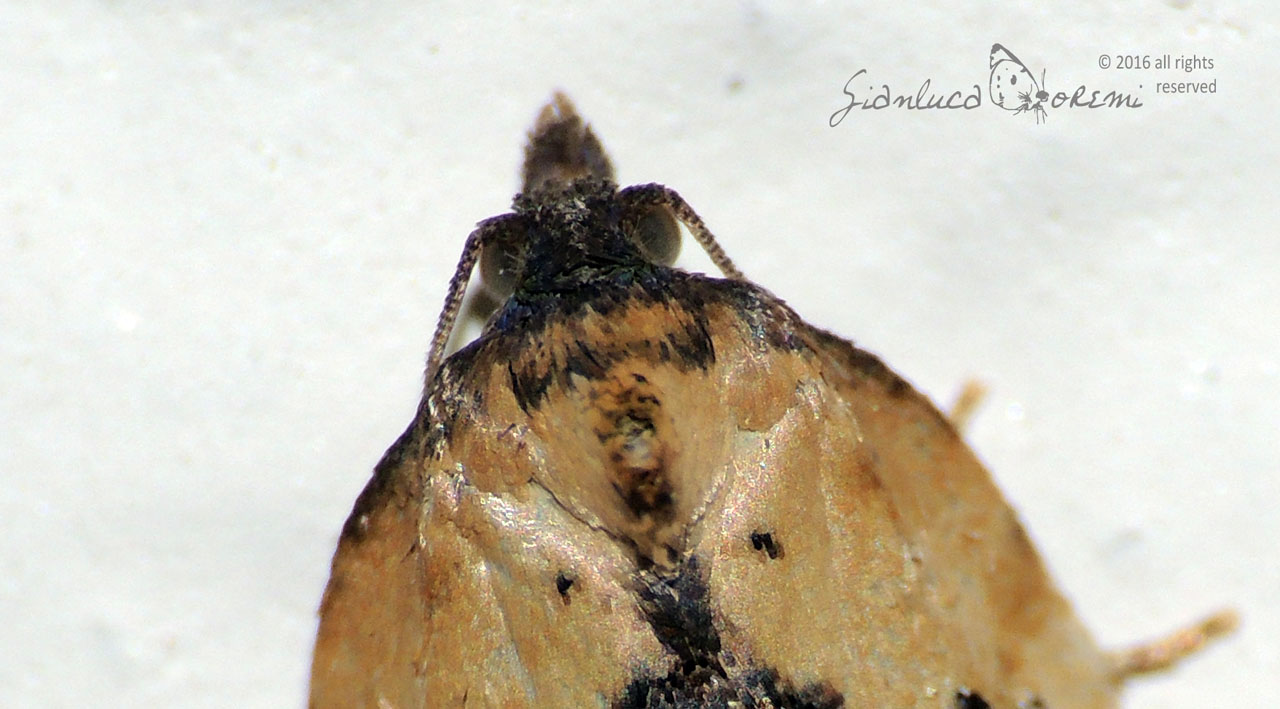
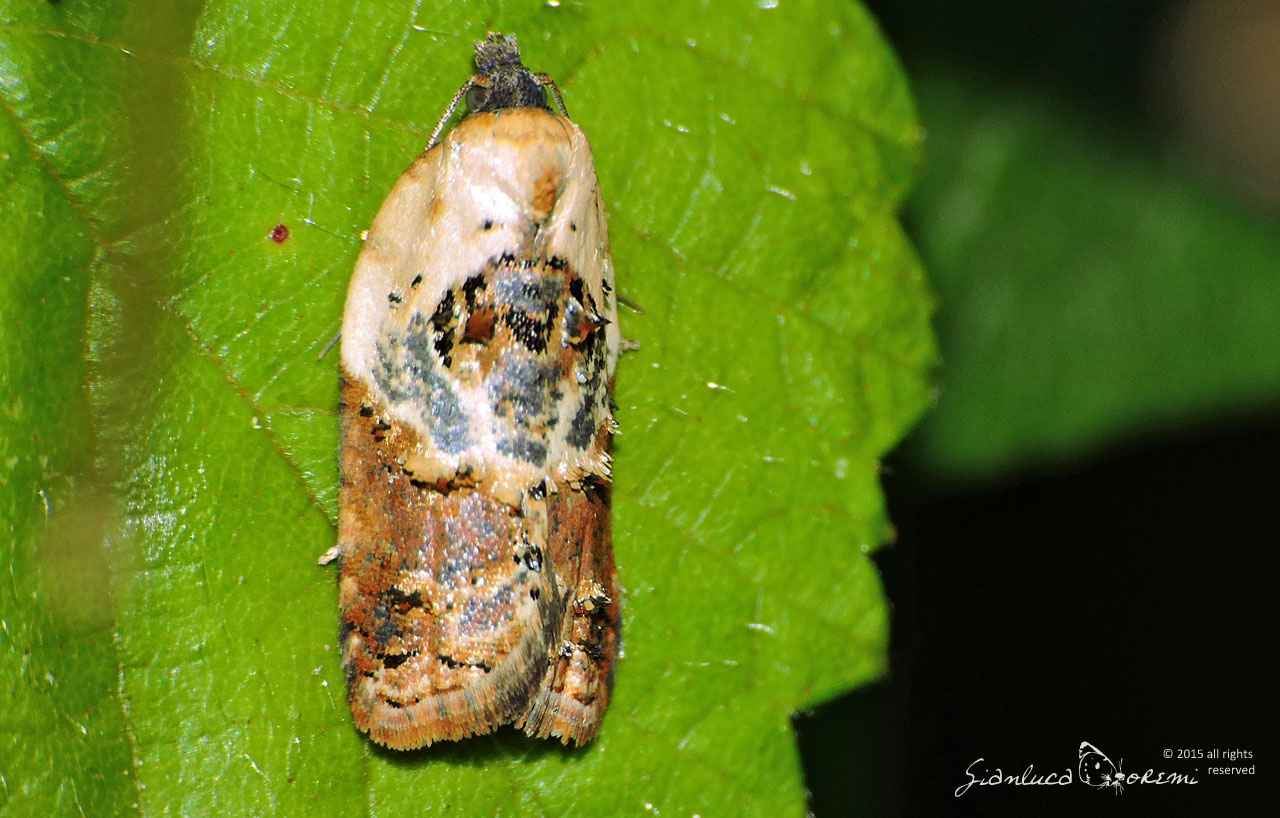
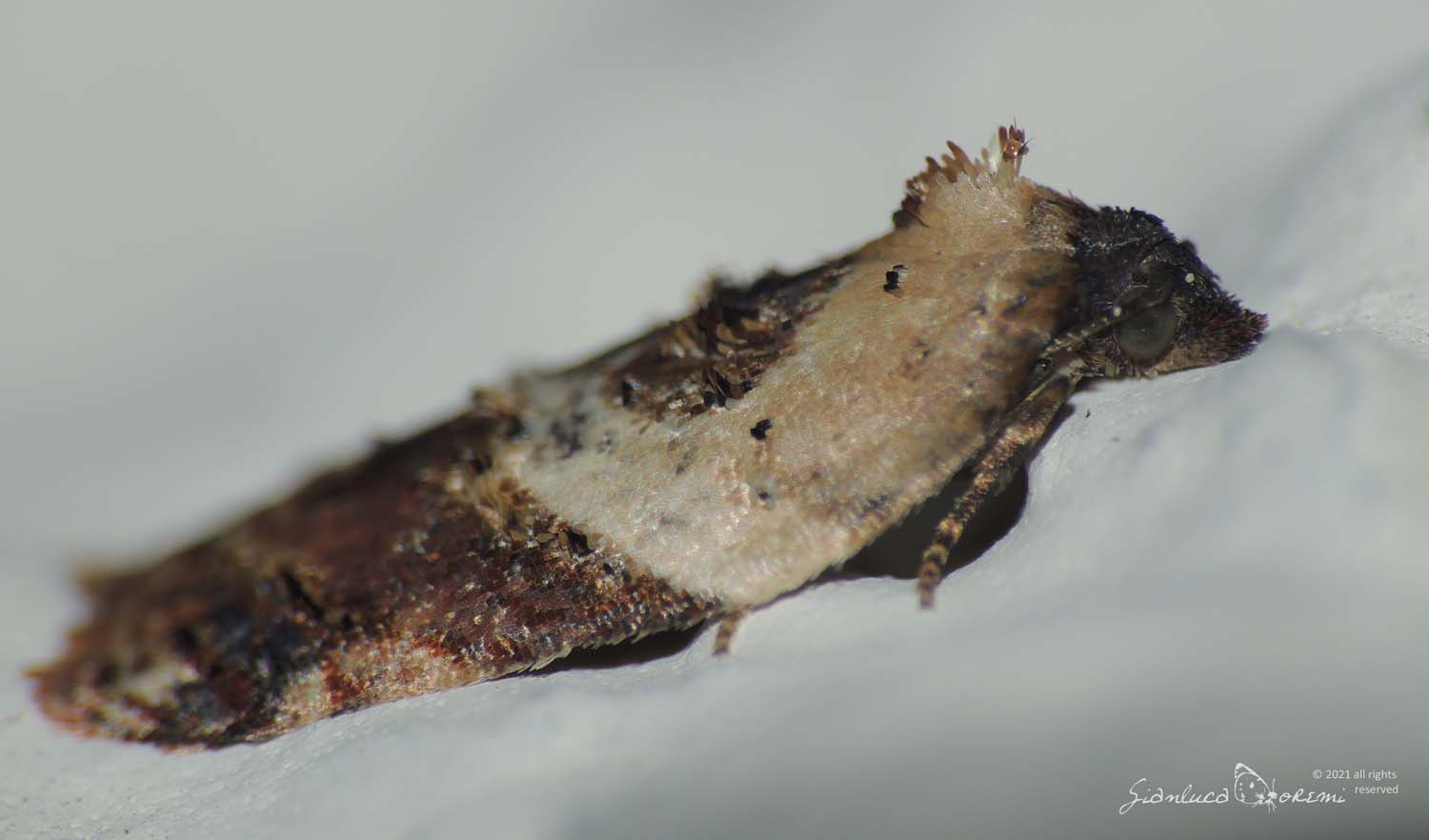


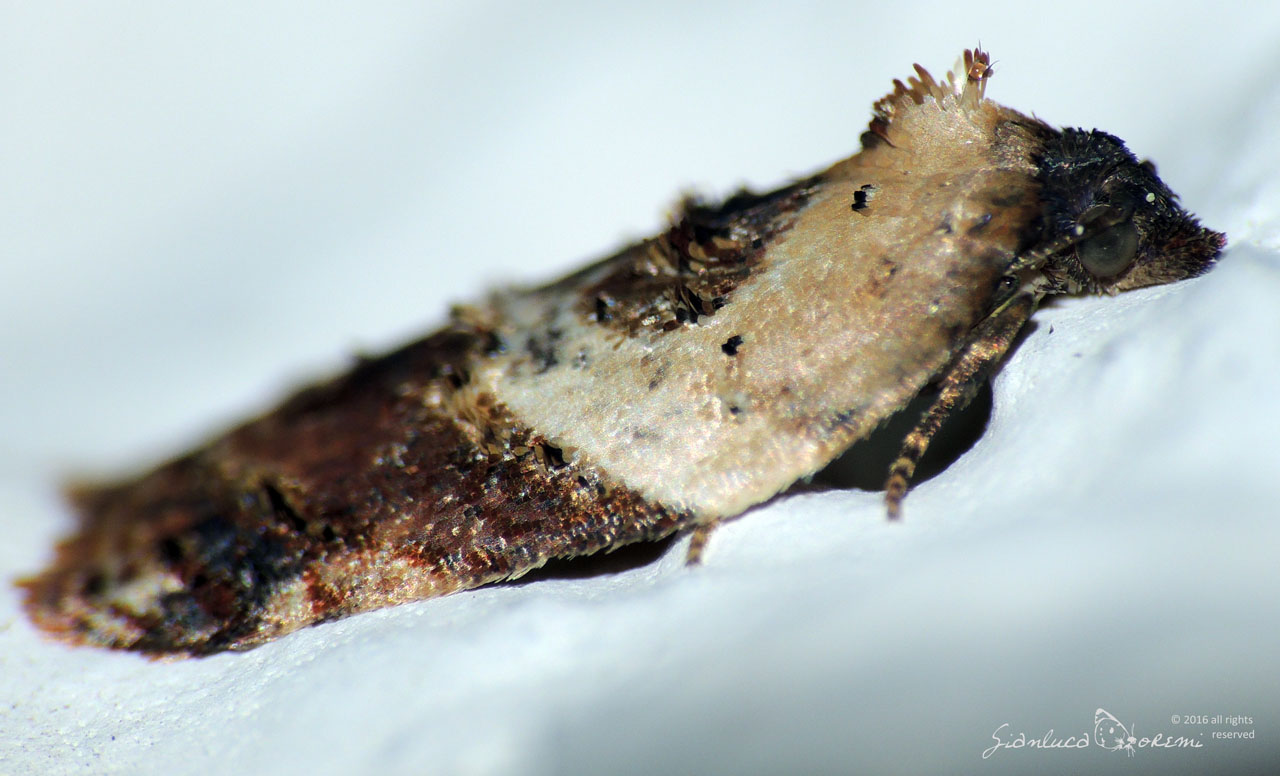

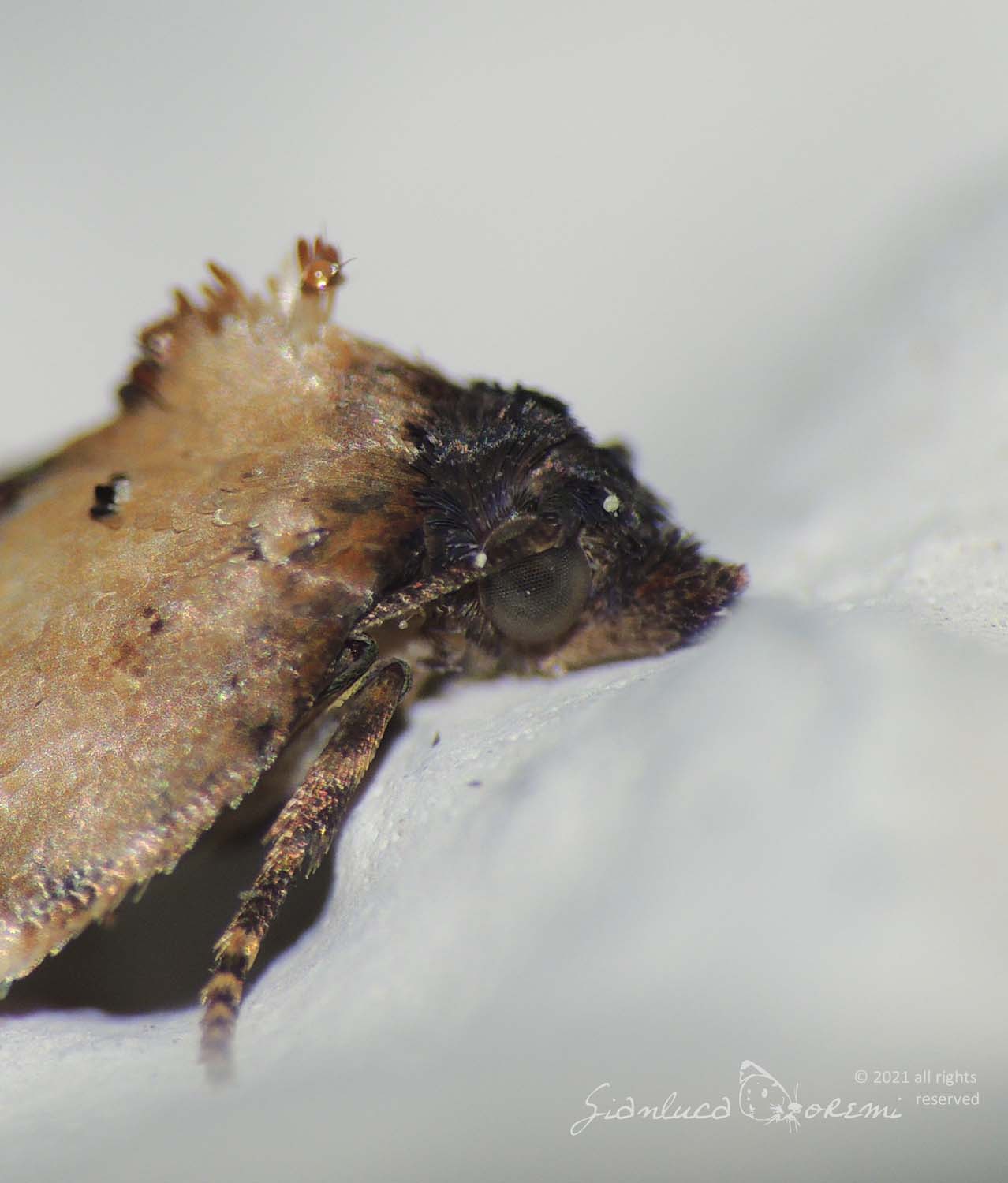

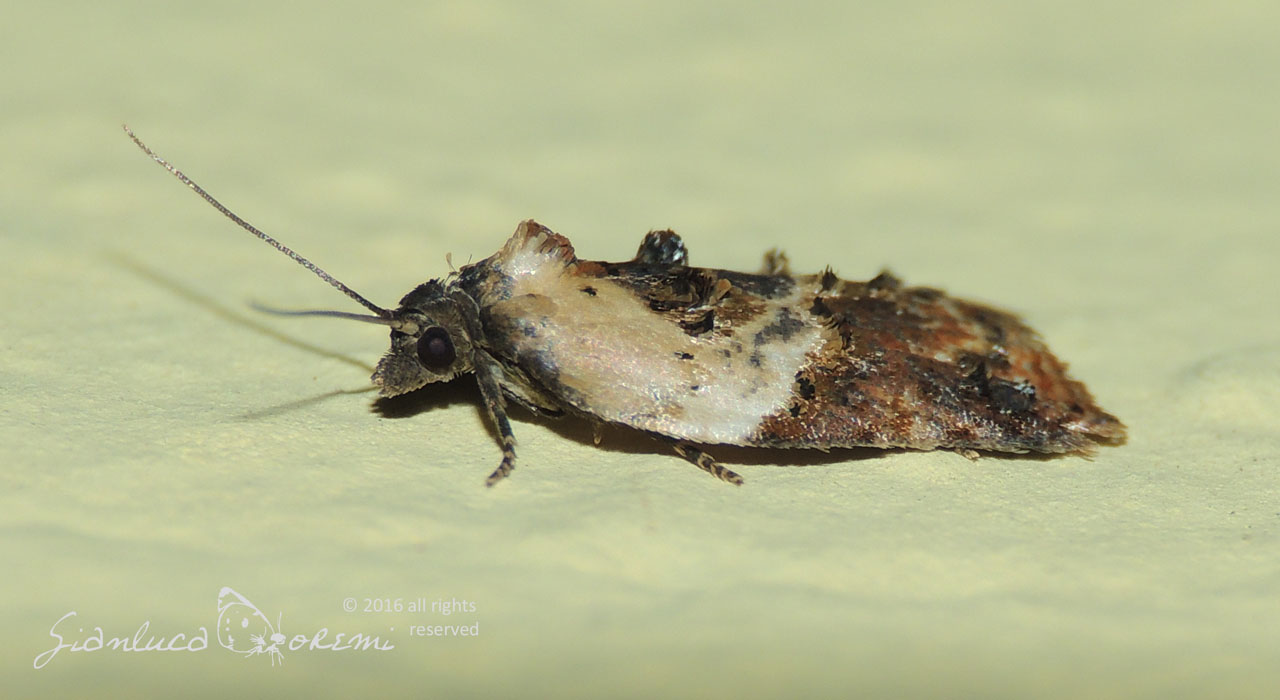
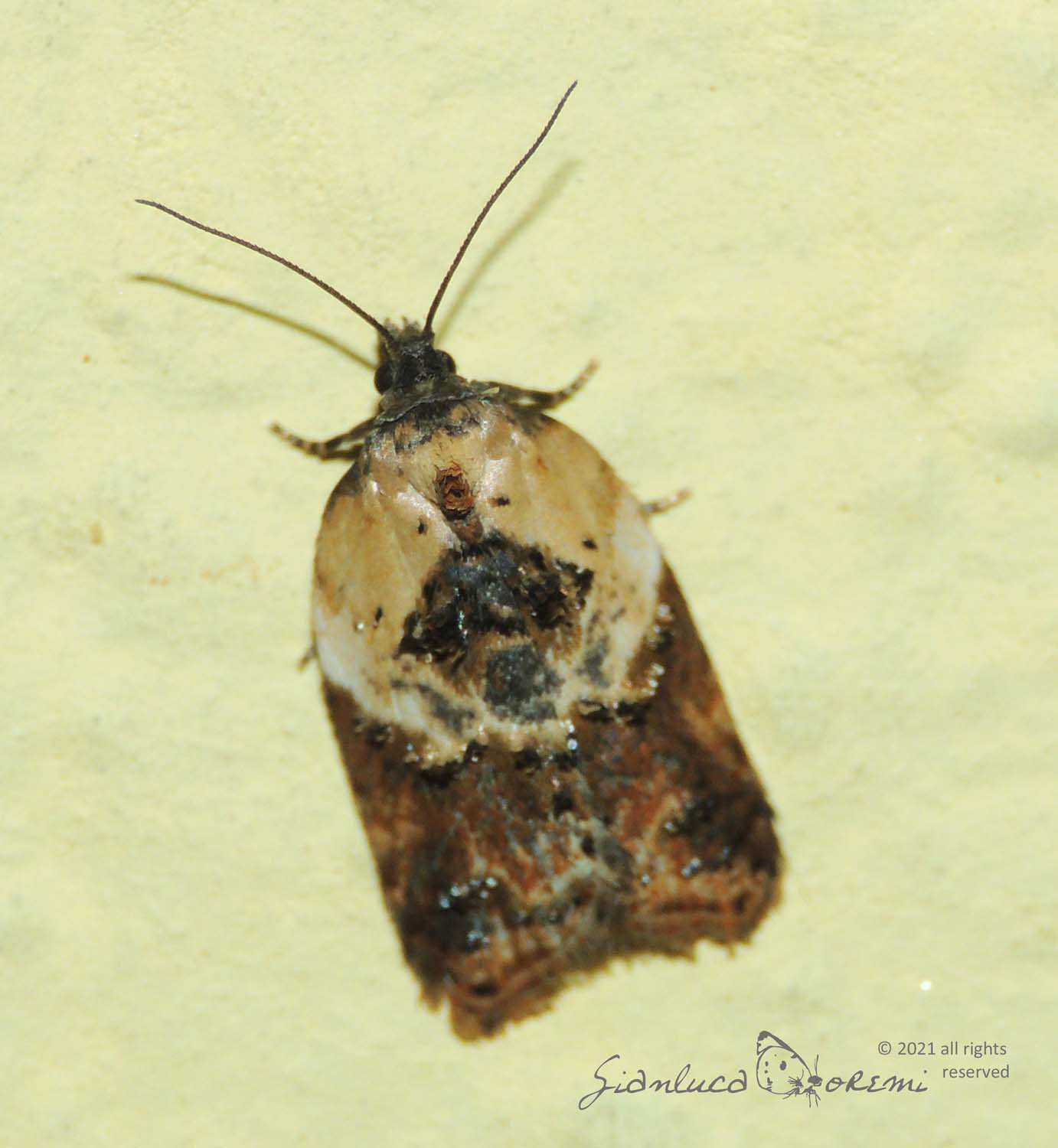
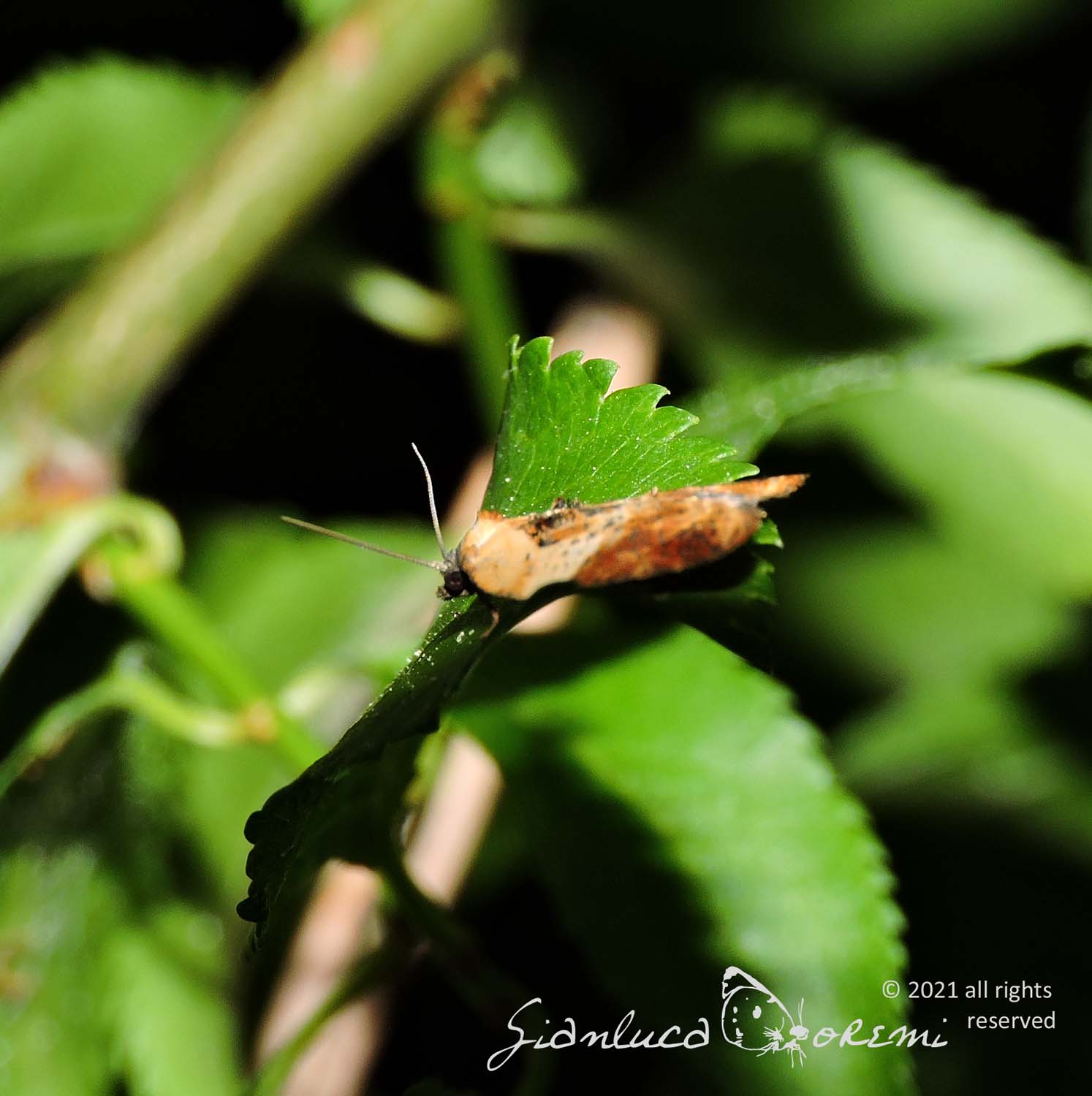
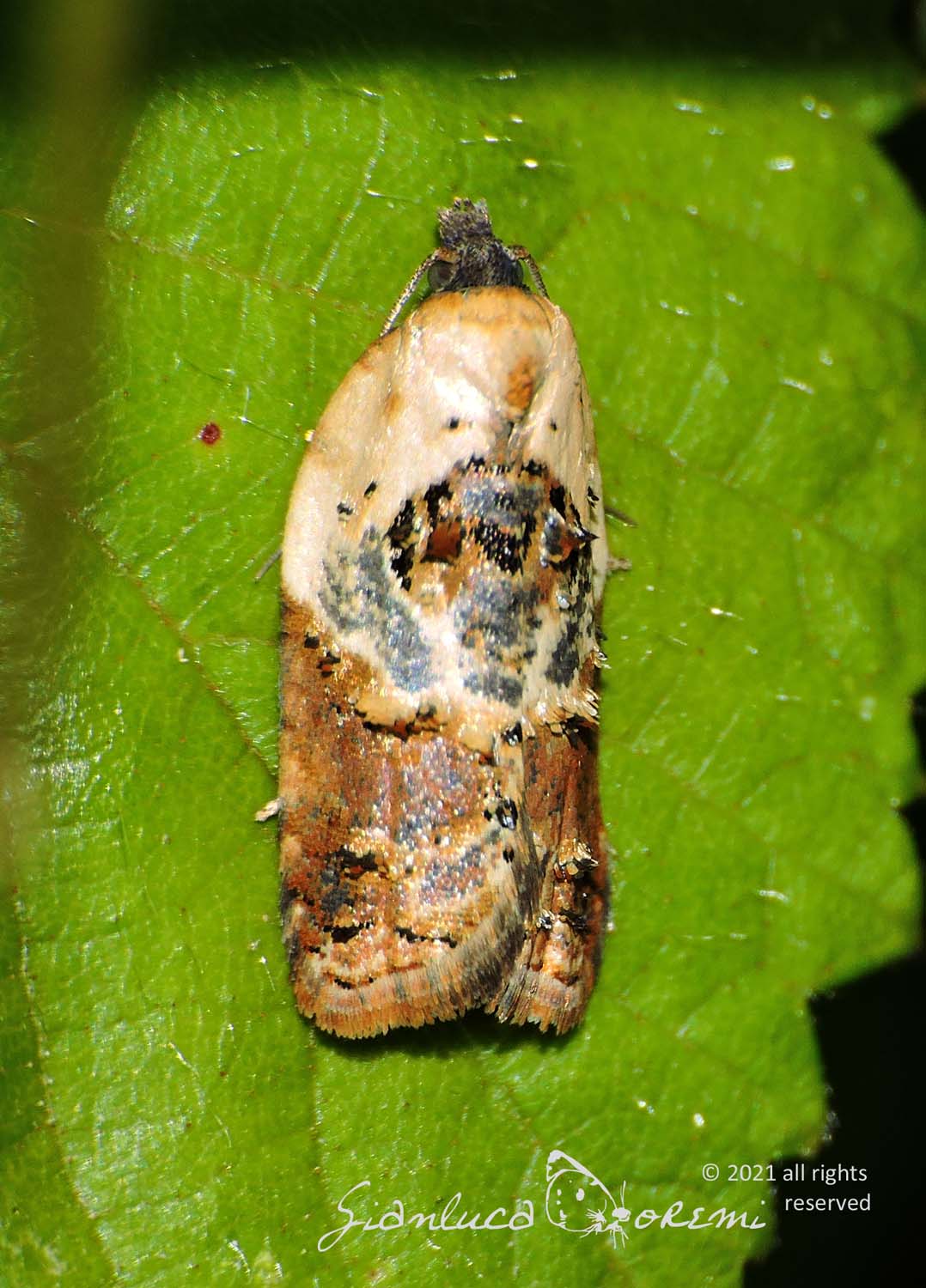
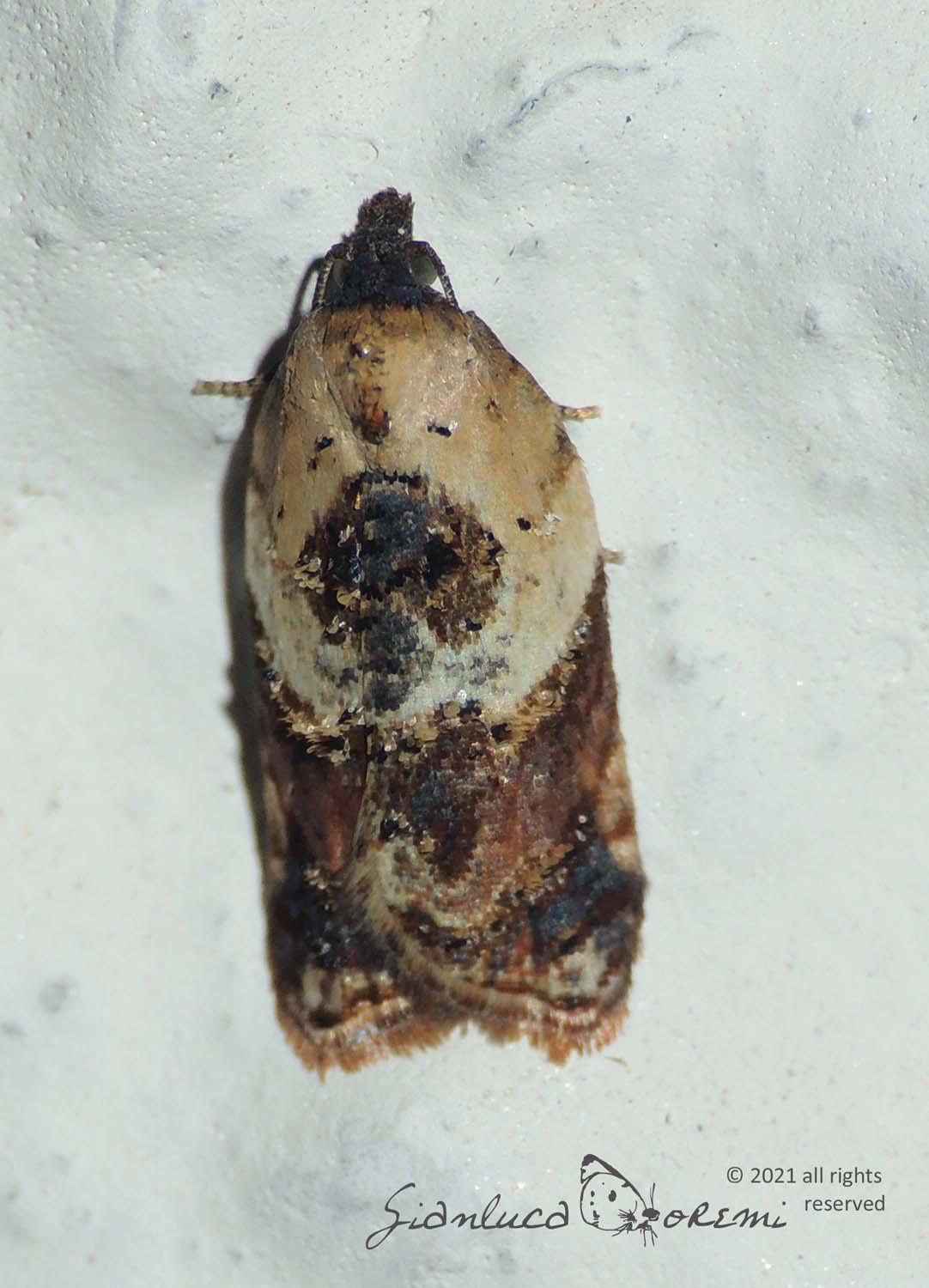
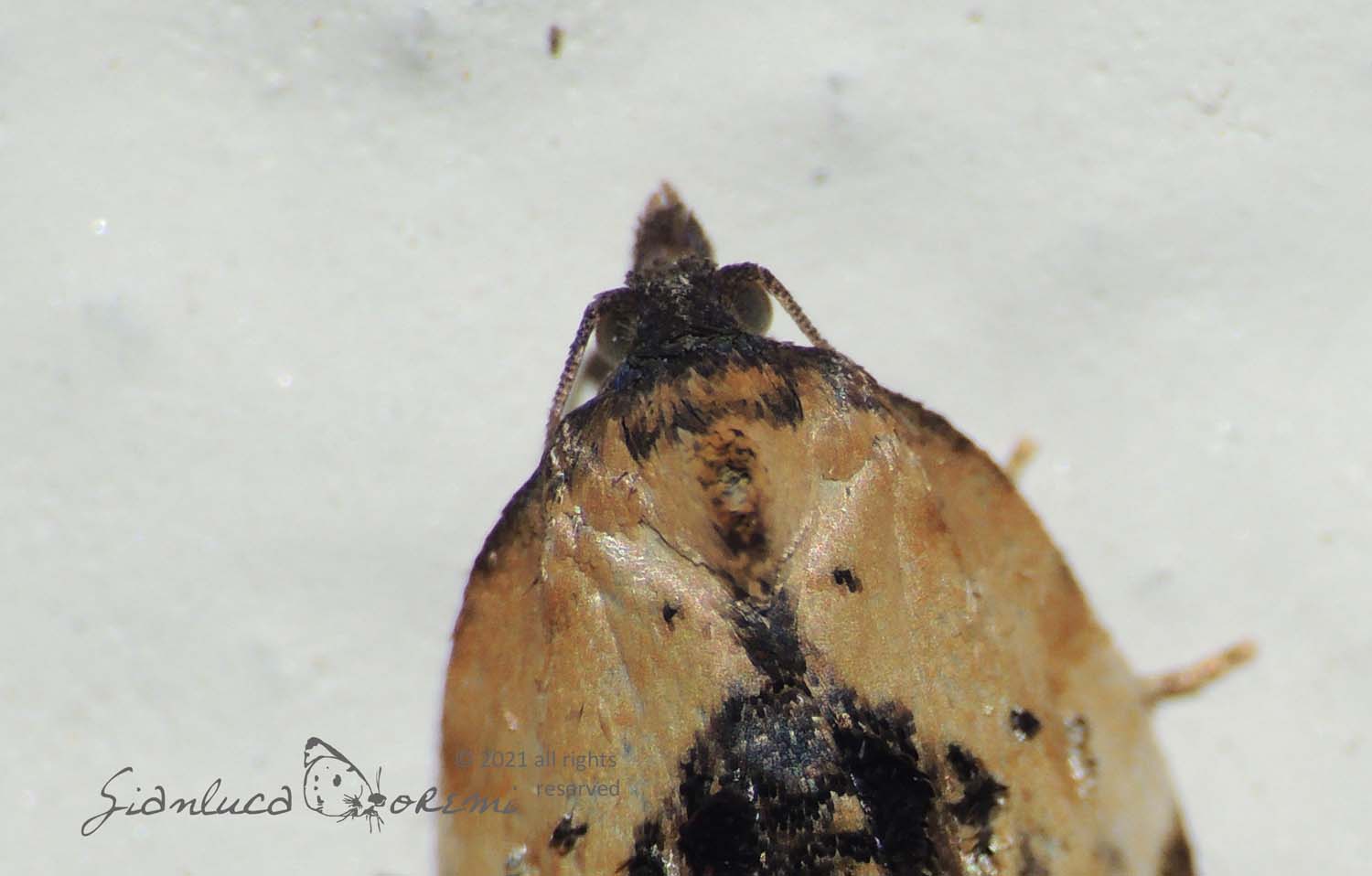

 EN
EN ITA
ITA
Social and publications